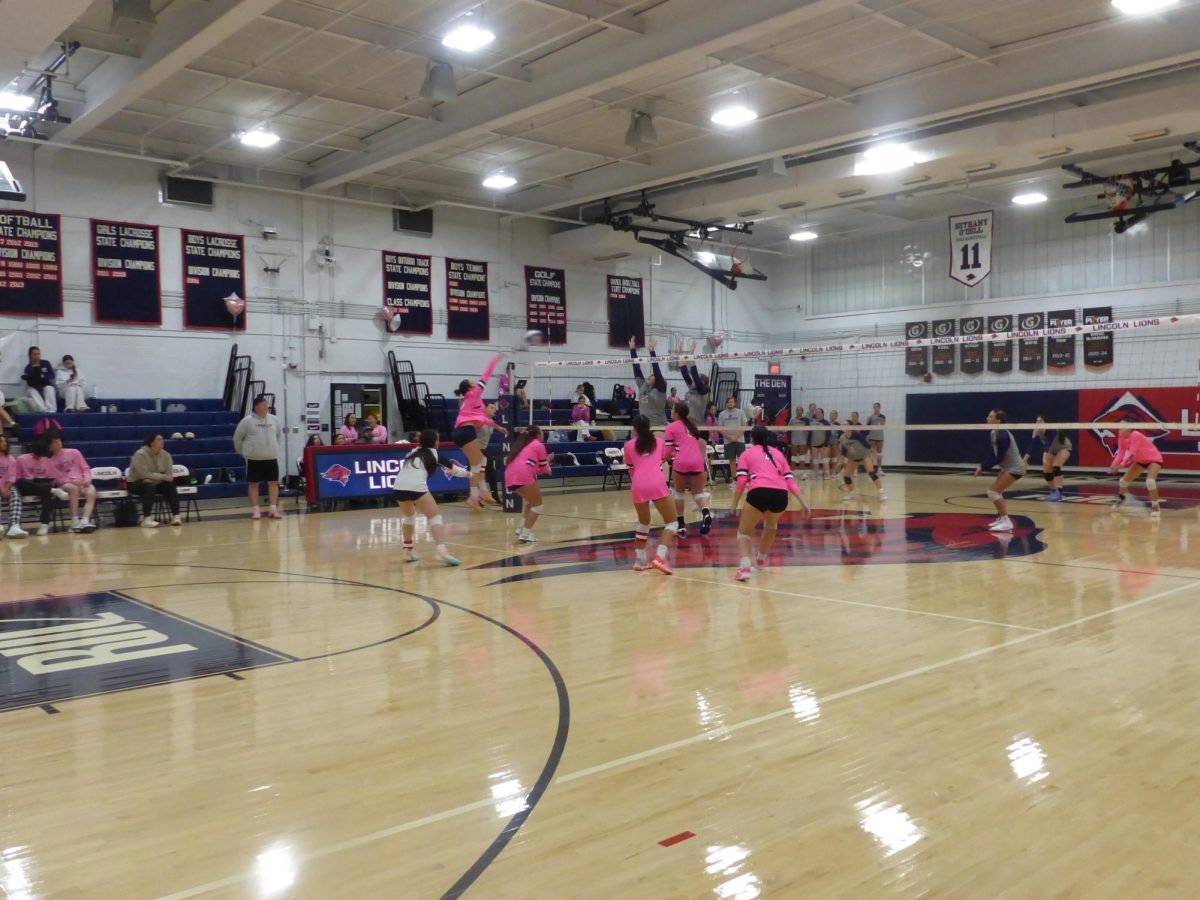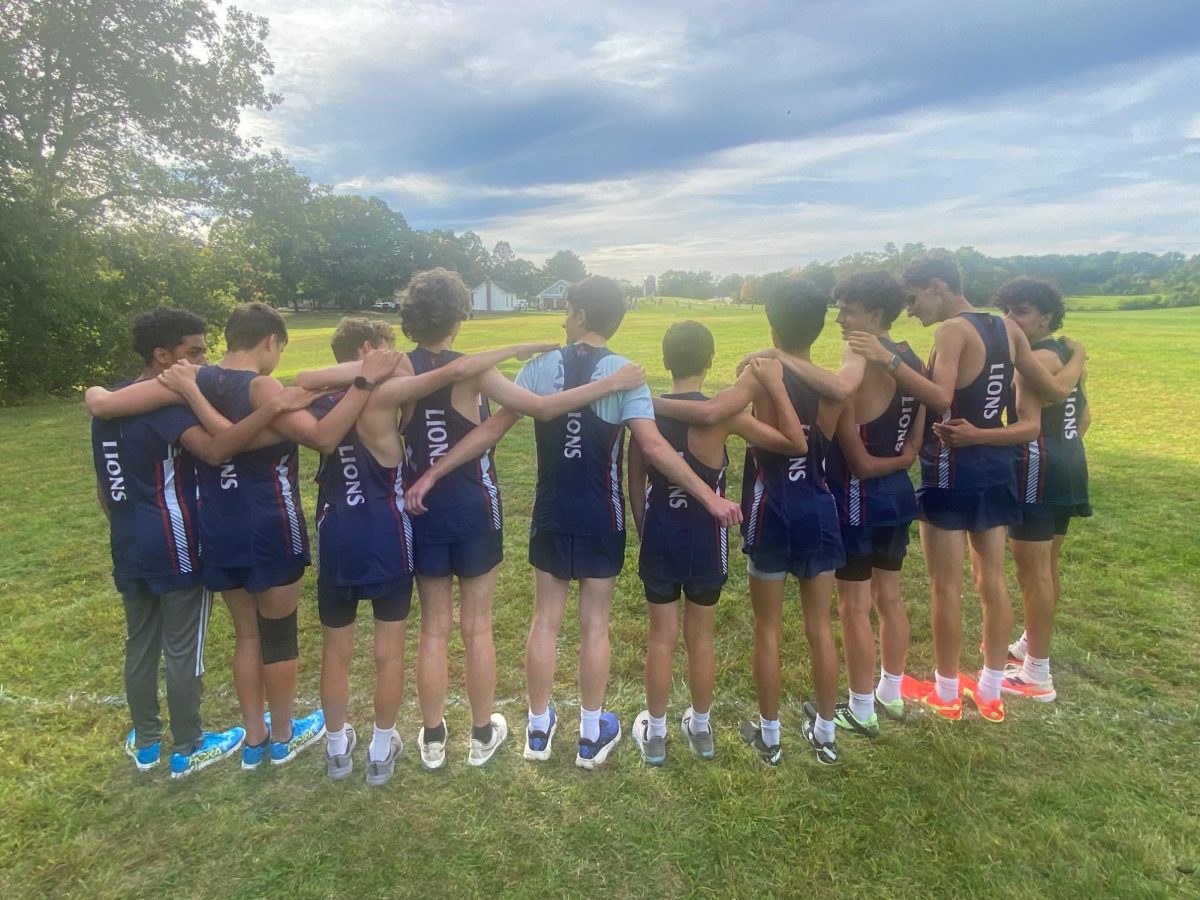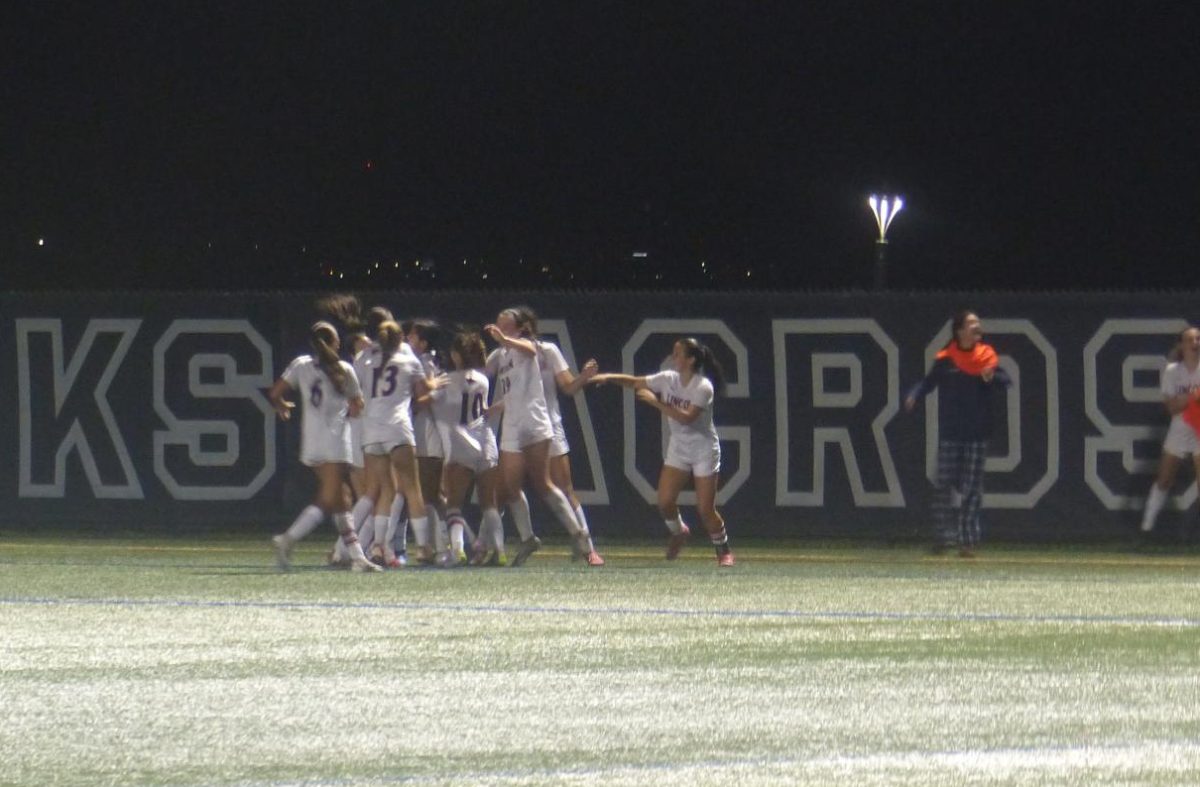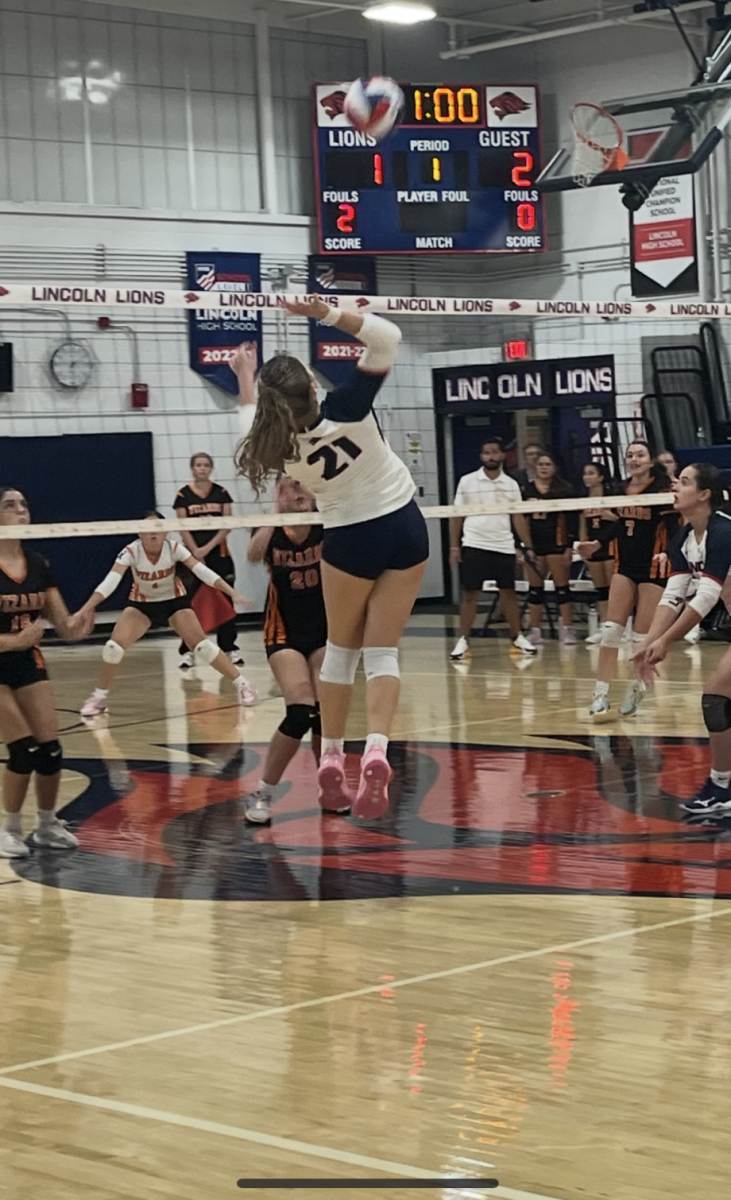

The college sports landscape, specifically football and basketball, will look very different by 2035-2040 compared to today’s structure due to NIL and conference monopolies. NIL, or Name, Image, and Likeness, allows college athletes to profit from their personal brand. NIL started small through advertisements and endorsements for only certain athletes, but now almost every athlete is earning some compensation to play. This contributed to a shift in power to a small group of conferences, creating what some refer to as college monopolies. This is when top conferences with the top athletic schools are able to lure successful programs, with the promise of greater exposure and revenue.
I predict that smaller schools and/or struggling programs that don’t bring in enough money will be demoted. This will lead to Division 1 splitting into three levels: Division 1 A, B, and C. The top division will be the three major conferences, with the mid-major conferences in Division 1B, and the lowest earning schools in Division 1C. These divisions will feature multiple conferences like today’s structure.
The reality with today’s college sports is how teams like Georgia Tech, California, NC State, and others just can’t offer the compensation of paying top level talent, causing them to drop to D-1B. These changes will also occur because top power conferences will be less interested in schools that offer less money because of struggling athletic play on the court and field. The D-1B schools will still have a chance to compete for titles and march madness bids, but will have to work harder while moving down a competition

My first prediction is how college schools and conferences will be separated by Division quadrants. The schools with the most NIL money that can compete at the highest level to pay transfers and players out of high school will be in this category. These will be schools like Georgia, Alabama, Florida, Ohio State, UCLA, and other rich schools that can afford to keep up with the market of paying players in high level sports. The ACC in my prediction implodes due to the major monopoly that is D-1 A, stealing all that makes the ACC successful, stealing schools like Duke, Miami, North Carolina, Louisville, Florida State, and others who have shaped the conference into a success since its conception in the early 50s. The implosion allows the SEC to grab the best out of the best, while the other conferences and schools fend for themselves.
The New SEC
Alabama, Arkansas, Auburn, Florida, Georgia, Kentucky, LSU, Ole Miss, Missouri, Oklahoma, South Carolina, Tennessee, Texas, Texas A&M, Clemson, Florida State, Miami, Duke, North Carolina, Mississippi State
The SEC keeps getting richer, poaching ACC schools and powerhouse brands with big time money like North Carolina, Duke, Miami, Clemson, and Florida State. The SEC gets some top basketball programs and football programs to join their conference, opening the gap between the southeastern conference and the others. Florida State and Miami joining the SEC puts them in the same conference as Florida, their in-state rival, now conference foes. It will ditch bottom feeders like Vanderbilt, and Mississippi State, leading them to scramble for a new home. The SEC has become one of the biggest power conferences in the country, producing multiple college football national champions, and 14 bids in the 2025 NCAA tournament.
The New BIG Ten
Illinois, Indiana, Iowa, Maryland, Michigan, Michigan State, Ohio State, Oregon, Penn State, Purdue, UCLA, USC, Washington, Wisconsin, Syracuse, Notre Dame
The Big Ten is the second feeder to the SEC but still offers a lot of high level talent. This point in time, conferences care less about academics and more about revenue the schools will bring to viewership and high level talent. Schools like Northwestern, Rutgers, and Minnesota will likely be kicked out of the BIG Ten for not bringing in good money for the conference in football or basketball. The key by 2035 to stay in one of these conferences is to be highly productive in at least one of football or basketball. Unfortunately, even if the school is good in academics like Rutgers, if they can’t offer big time money for sports, the top conferences like the Big Ten do not want them. The schools kicked out will have to look toward D-1 B, as there’s no room for them in D-1 A. Rutgers jumps to the D-1 B version of the ACC, Minnesota and Northwestern join the new look PAC-12, but the demoted one. The BIG Ten adds some teams from the imploded ACC like Notre Dame and Syracuse. Syracuse brings their basketball history as a money maker to the Big Ten as well as Notre Dame’s high end football program.
The New BIG 12
Louisville, *Gonzaga (BB only), Virginia, Houston, Baylor, Texas Tech, Kansas, Oklahoma State, Memphis, Arizona, *Uconn, *Creighton, *Villanova, *Xavier, K-State, Arizona State, Utah, BYU, TCU, Colorado, Iowa State,
The Big 12 goes through some change as the 3rd but still lasting D-1 A conference. The Big 12 might have to offer a bit more money as being 3rd to the SEC and BIG TEN, but there’s no doubt the BIG 12 can add some good schools to improve their revenue while keeping top dogs. The BIG 12 lured Louisville and Virginia from the ACC to improve basketball revenue, as well as capturing Gonzaga from the PAC-12, a conference they would have just joined in 2026. The conference kicks struggling West Virginia, UCF, and Cincinnati, who goes D-1 B to the PAC-12. The Big 12 also attracts womens and mens basketball powerhouse Uconn out of the Big East, as well as stealing eastern basketball powers like Creighton, Villinova, and Xavier to improve an already stacked basketball conference.

The 1B level is the next best from the “Power 3” but just a step below. These conferences include the Pac-12, the strongest non-power conference, A conference that includes a merger between the tarnished ACC and the American, and the Mid American West Conference, a merged conference of the Mountain West and the MAC. The Pac-12 is able to become one of the bigger non power conferences because of having built up an understanding after their implosion in 2024. They steal the top ACC leftovers like Stanford, Cal, Virginia Tech, Wake forest, Pitt, SMU, and Boston College. The Pac-12 also is able to steal some Big-12,BIG-10, and SEC schools who just can’t compete in the power three range like West Virginia, Nebraska, Vanderbilt, and Mississippi State. What’s left is not enough for the ACC to survive alone, as all their former members left them with the exception of Georgia Tech and NC state. Although NC State is a football-only member.
PAC-12 –
Northwestern, Stanford, California, Nebraska, Boise State, Oregon State, Washington State, Virginia Tech, Colorado State, San Diego State, West Virginia, Wake Forest, Utah State, Pitt, UCF, SMU, SDSU, Cincinnati, Tulane, Vanderbilt, North Dakota State (From FCS)
Merged AAC and ACC –
Rutgers, Georgia Tech, Temple, Boston College, UNLV, Miami of Ohio, Ohio, Charleston, FAU, Western Kentucky, Troy, East Carolina, NC State, USF, FAU, Navy, Army, UAB, East Carolina, Depaul, Marshall, Rice, North Texas,
Mountain West and MAC merge (Mid American West) –
Nevada, Hawaii, Air Force, Louisiana, Southern Miss, Buffalo, Bowling Green, Tulsa, Umass, New Mexico, Fresno State, San Jose State, Texas State, UTSA, Wyoming, New Mexico State, Central Michigan, Western Michigan, Akron, Umass, South Dakota State (From FCS)
*Basketball only conference Merger between A-10 and BIG EAST –
Providence, Butler, Saint Johns, Georgetown, Marquette, Seton Hall, Boston College, NC State, Rutgers, Pitt, Cincinnati, USF, Rhode Island, Davidson, Saint Joes, Loyola Chicago, Drake, Dayton,

These schools are those part of the smallest remaining D-1 conferences but lowest remaining schools. Conferences like Conference USA and the Sun Belt merged to form one big D-C conference, as competing to add teams and compete against one another would kill off the universities down to D-2. The UVC will differ in many ways from the other divisions of conferences as the D1C conference will offer less of a competitive edge and exposure than the D1A and D1B conferences. The conference is designed to meet the needs of competition of lower budget and smaller schools while still classifying as a D-1 school. The D1C will still offer a chance for the schools to earn at least one tournament bid in basketball a year but limited space will be available considering the gap between the power conferences and the UVC.
*Basketball only
Sam Houston, Kennesaw state, Utep, *Valparaiso, Illinois State, Ball State, Jacksonville state, Charlotte, Arkansas State, Toledo, Kent state, FIU, Southern Miss, South Alabama, ULM, Georgia state, Georgia southern, Old Dominion, Louisiana, Eastern Michigan, *Belmont, *Northern Illinois







